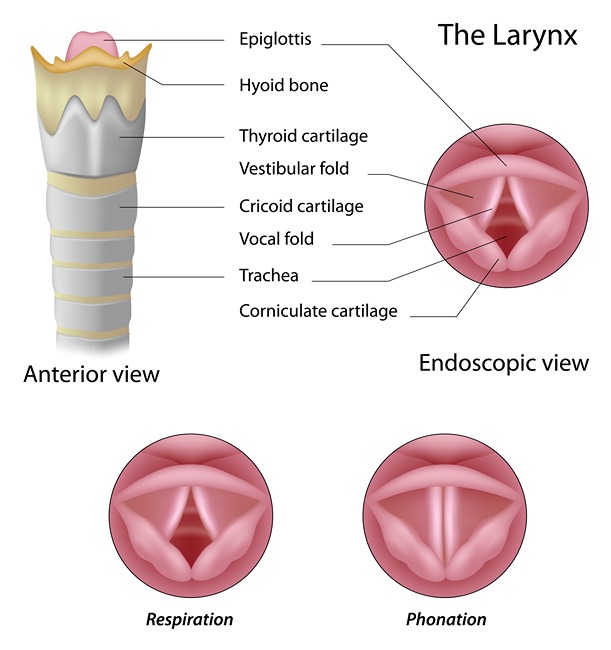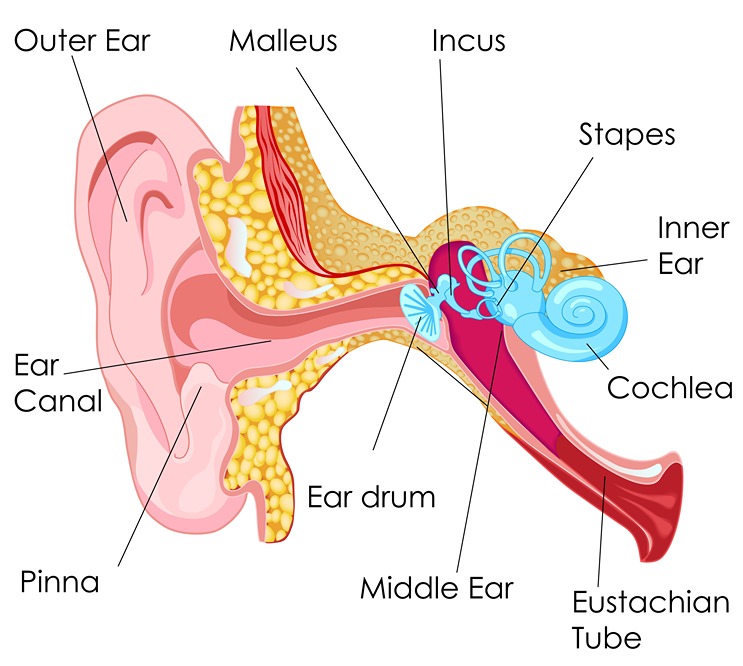Sound Class 8 Notes NCERT and MCQs
 23-08-2023
23-08-2023
 17:13 PM IST
17:13 PM IST
 Priyanka Chaudhary
Priyanka Chaudhary
Sound is an important concept and plays a significant role in our lives. We can communicate with each other with the help of sound and respond to our surroundings by hearing a variety of sounds. This chapter explains production of sound, its properties and hearing of sound by human ear. Also, it discusses about the impact of inaudible sound and noise pollution.
How is sound produced?
Whenever we hear doorbell or sound of the footsteps, the first question that must come into mind is how these sounds are produced? Sound is produced by vibrating objects. When we pluck the string of an instrument, like the sitar, whole instrument vibrates and we hear sound of the vibration of the instrument. In some cases, the vibrations are easily visible to us. But in most cases, their amplitude is so small that vibrations are not visible to us.
How is sound produced in humans?
In humans, the sound is produced by the voice box or the larynx. It is at the upper end of the windpipe. It has two vocal cords. When the lungs force air through the slit, the vocal cords vibrate and produce sound. Muscles attached to the vocal cords can make the cords tight or loose. Type or quality of voice varies depending upon whether the cords are tight and thin or thick and loose.

Fig.1: Voice Box in Humans
Why voices of men, women and children are different?
The voices of men, women and children are different because they have vocal cords of different length. The vocal cords in men are longer than the vocal cords in women.
Does sound need a medium for its propagation/travel?
Sound needs a medium to travel. It can travel through any medium (gas, liquid or solid). It cannot travel in vacuum (complete absence of air).
How do humans hear sound through ears?
The shape of the outer part of the ear is like a funnel. When sound enters ear, it travels down a canal. At the end of the canal, a thin stretched membrane called eardrum is found. The eardrum senses the vibrations of sound. Sound vibrations make the eardrum vibrate, which sends signals to the brain and we hear the sound.

Fig.2: Human Ear
Properties of Sound
Amplitude and frequency are two important properties of any sound. They help us in differentiating different sounds. Frequency is expressed in hertz. Its symbol is Hz. It is defined as number of oscillations per second. A frequency of 1 Hz is one oscillation per second. Usually the voice of a woman has a higher frequency than that of a man.
What determines loudness of the sound?
The loudness of sound depends on its amplitude. It is proportional to the square of the amplitude of the vibration producing the sound. It is expressed in decibel (dB). Larger the amplitude of vibration, the louder is the sound. When the amplitude is small, the sound produced is feeble.
|
Loudness of certain activities |
|
|
Normal breathing |
10 dB |
|
Soft whisper |
30 dB |
|
Normal conversation |
60 dB |
|
Busy traffic |
70 dB |
|
Average factory |
80 dB |
|
Note: above 80 dB, the noise becomes physically painful. That is why it is suggested that certain factories should be established far from the residential areas. |
|
What determines shrillness or pitch of a sound?
The frequency determines the shrillness or pitch of a sound. Higher the frequency of vibration, the higher is the pitch, and shriller is the sound. A drum vibrates with a low frequency and produces a low-pitched sound. A whistle has a high frequency and produces a sound of higher pitch.
How does the sound of a bird differ from the roar of a lion?
The sound of a bird differs from the roar of a lion both in terms of loudness and pitch (shrillness). While the sound of bird is high-pitched, roar of the lion is low-pitched. However, the sound of bird is feeble whereas roar of a lion is very loud.
What is range of audible frequencies for human ear?
The range of audible frequencies is roughly from 20 to 20,000 Hz for human ear. Human ear cannot hear sounds of frequencies higher than about 20,000 vibrations per second (20 kHz). It cannot detect sounds of frequencies less than about 20 vibrations per second (20 Hz). Such sounds are called inaudible sounds. Ultrasound equipment works at frequencies higher than 20,000 Hz. Some animals like Dogs have the ability to hear frequencies higher than 20,000 Hz.
What is noise and noise pollution?
Unpleasant sounds are called noise. Excessive or unwanted sounds lead to noise pollution. Noise pollution may pose health problems for human beings such as lack of sleep, hypertension (high blood pressure), anxiety and temporary or permanent hearing impairments. Musical sounds are pleasant to ear but if these become too loud, then they also become noise.
Measures for controlling noise pollution
Attempts should be made to minimise noise pollution. Plantation on the roadside and elsewhere can reduce noise pollution. Silencing devices must be installed in air craft engines, transport vehicles, industrial machines and home appliances. Noise producing industries should be set up away from residential areas.
MCQs based on NCERT Class 8 Science Chapter 13: Sound
1. Sound can travel through
a. Solid and liquid medium only
b. Liquid and gas medium only
c. Solid and gas medium only
d. Solid, liquid and gas medium
Ans. d
Explanation:
Sound needs a medium to travel. It can travel through any medium (gas, liquid or solid). It cannot travel in vacuum (complete absence of air).
2. What is the range of audible frequencies for human ear?
a. 20 Hz- 20,000 KHz
b. 20 KHz -20,000KHz
c. 20 Hz-20,000 Hz
d. 20,000Hz to 20KHz
Ans. c
Explanation:
The range of audible frequencies is roughly from 20 to 20,000 Hz for human ear. Sounds of frequencies higher than about 20,000 Hz (20 kHz). and less than about 20 Hz are called inaudible sounds.
3. Voice of which of the following is likely to have minimum frequency?
a. Baby girl
b. Baby boy
c. A man
d. A woman
Ans. c
Explanation:
The voice of a woman has a higher frequency than that of a man. As the pitch of the man’s voice is less therefore, it has the minimum frequency as compared to the voice of baby girl, baby boy, and a woman.
4. Time taken by an object to complete one oscillation is called _______.
a. Frequency
b. Pitch
c. Amplitude
d. Wavelength
Ans. a
Explanation:
Frequency is the time taken by an object to complete one oscillation. Frequency of sound is expressed in hertz.
5. Shrillness of a sound is determined by the _______ of vibration.
a. Amplitude
b. Frequency
c. Wavelength
d. Loudness
Ans. b
Explanation:
Shrillness (Pitch) of a sound is determined by the frequency of the vibration. Higher the frequency of vibration, the higher is the pitch, and shriller is the sound.
Frequently Asked Questions (FAQs) about Sound
How is sound produced?
How is Loudness determined?
How can we reduce noise pollution?
Can sound travel in vacuum?
Share Blog
 Latest
Latest 
Comments